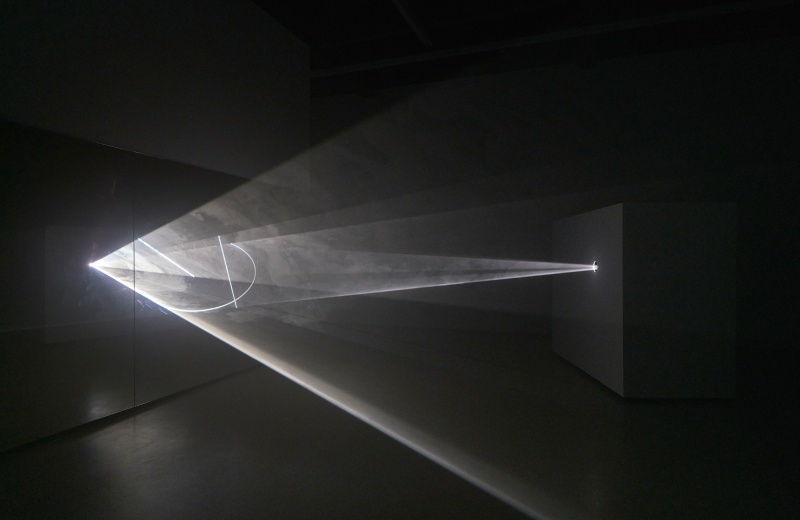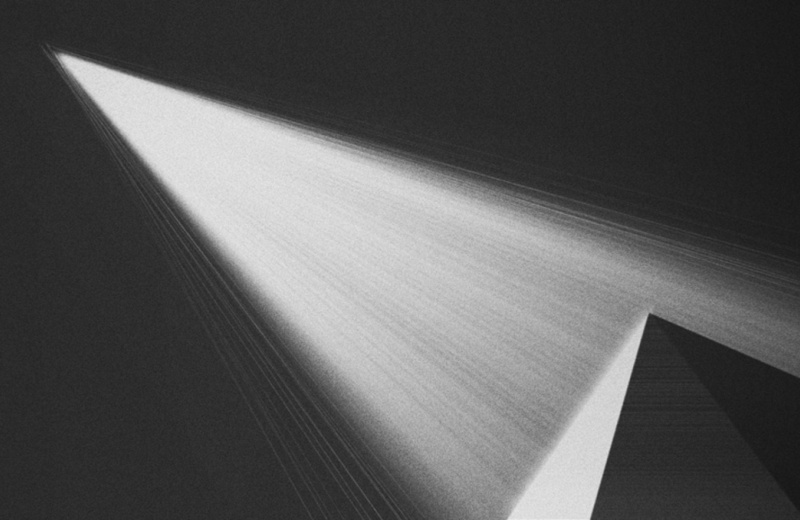Projection refers to the projection of the shape of an object onto a plane with a set of light rays, called a “projection”.
The image obtained on that plane is also called a “projection”. Projection can be divided into orthographic projection and oblique projection. An orthographic projection is one in which the centerline of the projection line is perpendicular to the plane of projection, while an oblique projection is one in which the centerline of the projection line is not perpendicular to the plane of projection.
The shadow formed by an object under the sunlight (referred to as the sun shadow) is a parallel projection. The direction of the sun’s shadow can reflect the time, the ancient Egyptian green slate shadow clock and our ancient timepiece sundial are based on the sun’s shadow, to observe the time. Shadow play is the use of natural light or candlelight source irradiation, the form of the shadow reflected in the screen (projection surface) on the performing arts.
The shadow formed by an object illuminated by light from a lamp is the central projection. A projection display system, sRGB, was developed by Microsoft in cooperation with Seiko Epson and Mitsubishi to establish a color management standard that could meet the needs of computers and projection displays, allowing display devices to correctly represent image files without special analysis of color information.
sRGB eliminates the original differences in color reproduction between different display systems. RGB colors between different display devices naturally undergo some changes, and thus the colors cannot be reproduced correctly after different display devices. Today, as computer-aided presentation devices are increasingly becoming a key tool in market development, correct image and color reproduction is more important than ever. With sRGB technology, users can be assured of uniform color whether viewed with CRT equipment or through projectors adapted to the sRGB standard.





